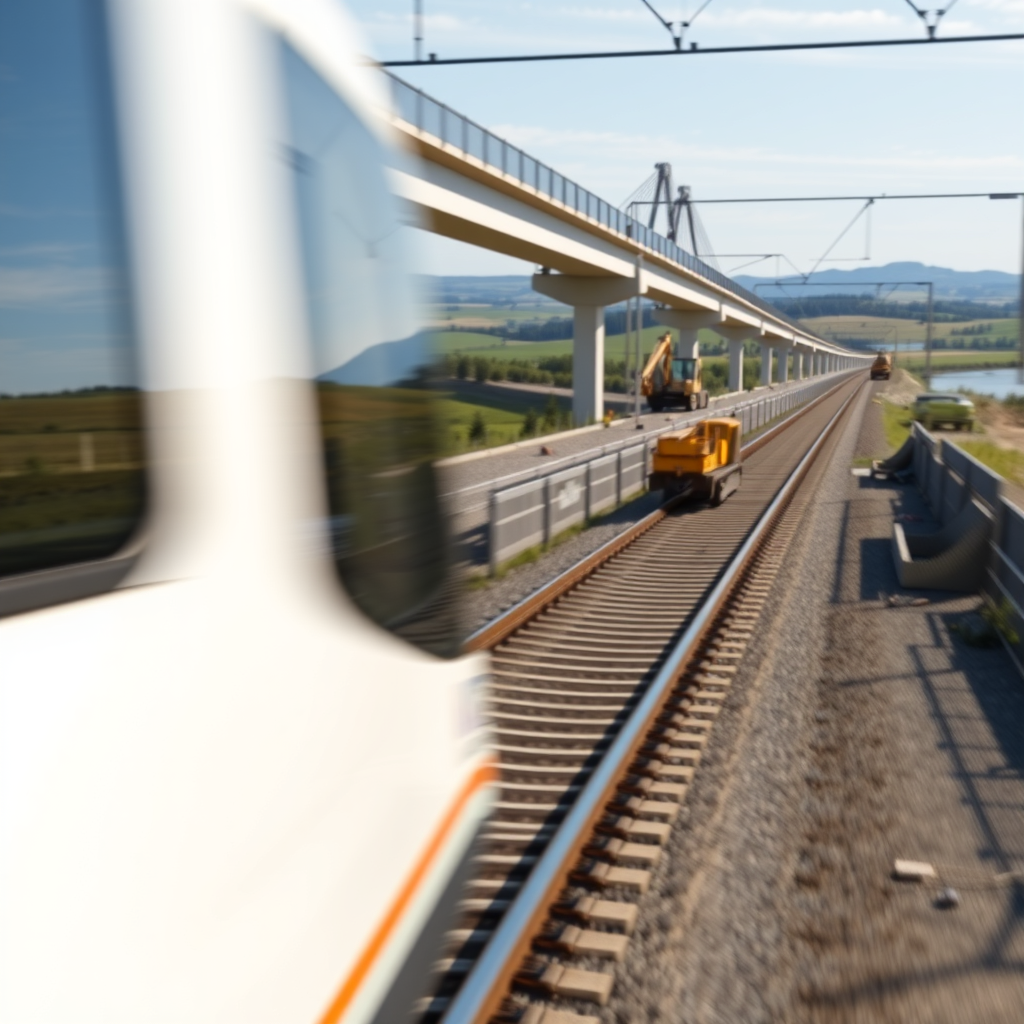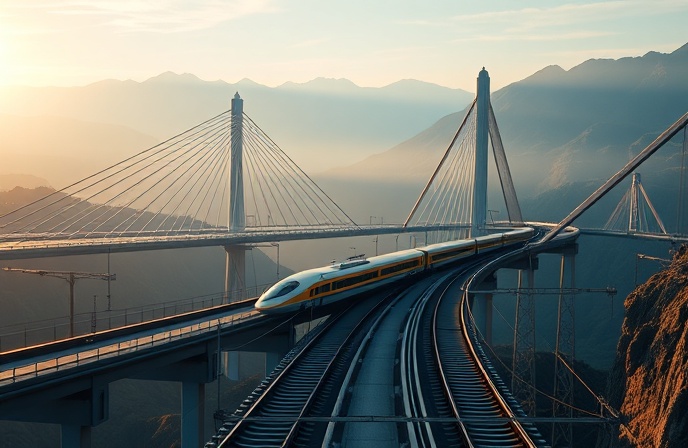China Rail Freight: Post-Pandemic Boom

The Resurgence of Rail Freight in China: A Post-Pandemic Analysis
This article analyzes the significant rebound of railway cargo transport in China following the initial impact of the COVID-19 pandemic. The focus will be on the 4.5% month-over-month increase in March 2020 compared to February, a period of widespread economic shutdown. We will examine the contributing factors behind this recovery, including government initiatives, the inherent resilience of the rail network, and the crucial role of rail freight in China’s economic resurgence. The analysis will delve into specific cargo types, highlighting the disproportionate growth in certain sectors and exploring the strategic implications of these trends for China’s logistics landscape and its broader economic recovery. Finally, we’ll consider the longer-term implications of these events for the future of rail freight in China and the ongoing need for robust and adaptable transportation networks in a globally interconnected world.
The Impact of COVID-19 on Chinese Rail Freight
The COVID-19 pandemic brought about unprecedented challenges to the global economy, and China was no exception. The initial response, involving extensive lockdowns and restrictions on movement, caused significant disruptions across numerous sectors, including transportation. Rail freight, a critical artery of China’s economy, experienced a sharp initial decline in activity. Factories closed, supply chains were disrupted, and the overall volume of goods transported by rail plummeted. This period of contraction highlighted the fragility of global supply chains and the vulnerability of economic systems to unforeseen global events. However, the resilience of China’s rail infrastructure and the proactive measures taken by the government laid the groundwork for a rapid recovery.
Government Intervention and Strategic Response
Faced with the economic fallout of the pandemic, the Chinese government implemented a range of measures to stimulate economic activity and support the transportation sector. The China State Railway Group (CSRG) played a pivotal role, prioritizing freight services, implementing fee reductions to lessen the burden on businesses, and investing in improvements to service quality. These initiatives were designed to ensure the efficient movement of essential goods, facilitating the resumption of production across various sectors. The focus on “smoothing the logistics chain” indicates a proactive approach to managing supply chains and minimizing the economic disruptions caused by the pandemic. This targeted intervention was instrumental in the rapid recovery of rail freight volumes.
Sectoral Growth and Cargo Composition
The 4.5% increase in March 2020 was not uniform across all cargo types. Certain sectors showed significantly higher growth rates, reflecting the priorities of the economic recovery effort. The daily transport of coal increased by 5.1%, reflecting the ongoing demands of energy production and industrial activity. More strikingly, the transport of fertilizers and pesticides experienced a 40% month-over-month surge, indicating a strong push towards agricultural production and food security. This uneven growth highlights the complex interplay between government policy, industrial priorities, and the evolving demands of the Chinese economy in the wake of the pandemic.
Long-Term Implications and Future Outlook
The rapid recovery of China’s rail freight sector in the aftermath of the COVID-19 pandemic provides valuable insights into the resilience of the system and the effectiveness of government intervention. The 4.5% increase in March 2020, fueled by strategic initiatives such as fee cuts and service improvements by the CSRG, coupled with the disproportionate growth in specific sectors (coal, fertilizers, and pesticides), clearly demonstrated the vital role rail plays in supporting China’s economy. This event underscores the importance of robust and adaptable transportation infrastructure in navigating global crises. Looking ahead, the experience gained during this period will likely inform future strategies for managing disruptions and ensuring the continued efficiency and reliability of China’s vast rail network. This includes further investment in infrastructure, technological advancements to improve operational efficiency, and continued efforts to ensure the resilience of the supply chains that rely heavily on rail transport. Moreover, the data highlights the need for comprehensive contingency planning to mitigate the impact of future unforeseen events on critical infrastructure and the overall economy.



